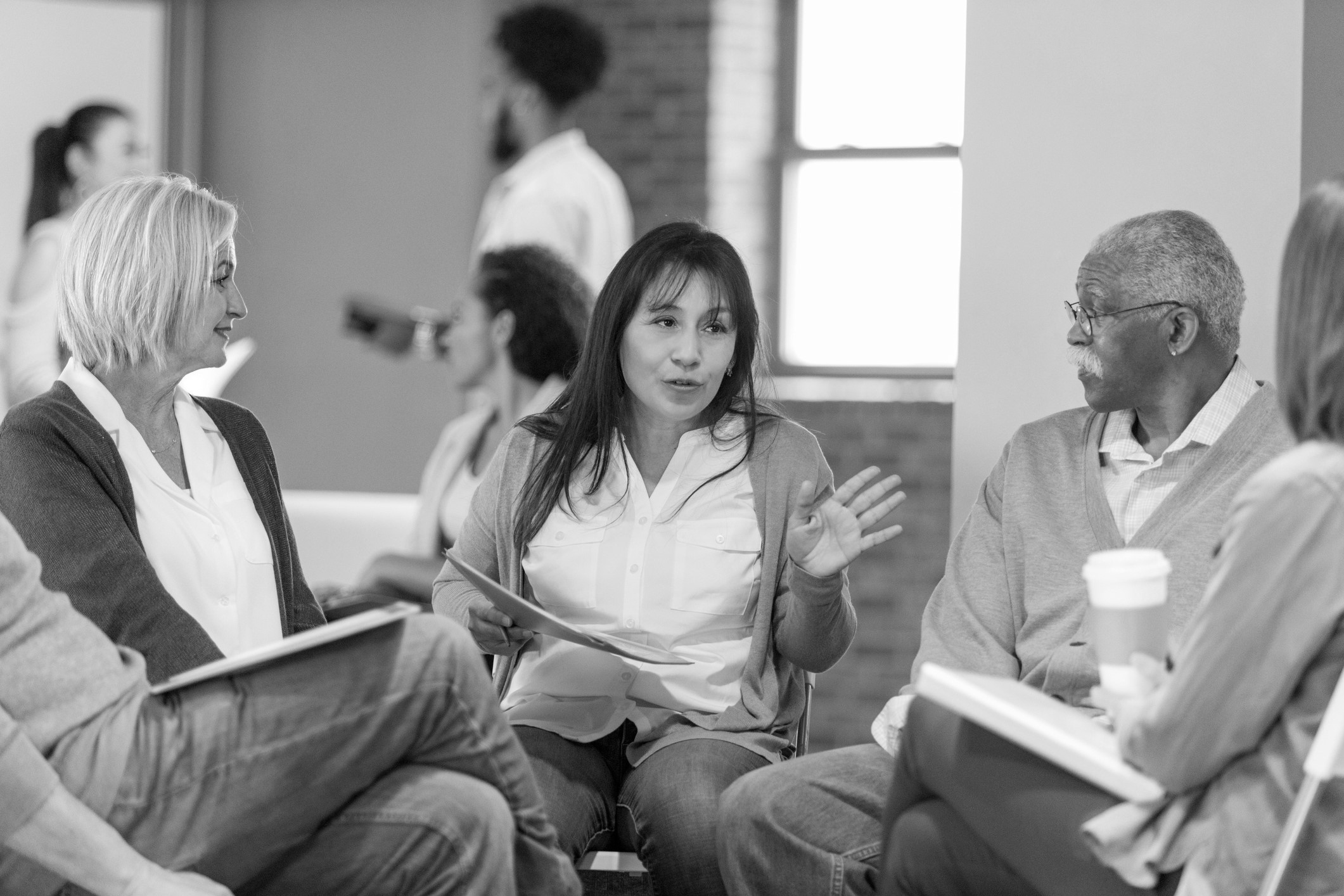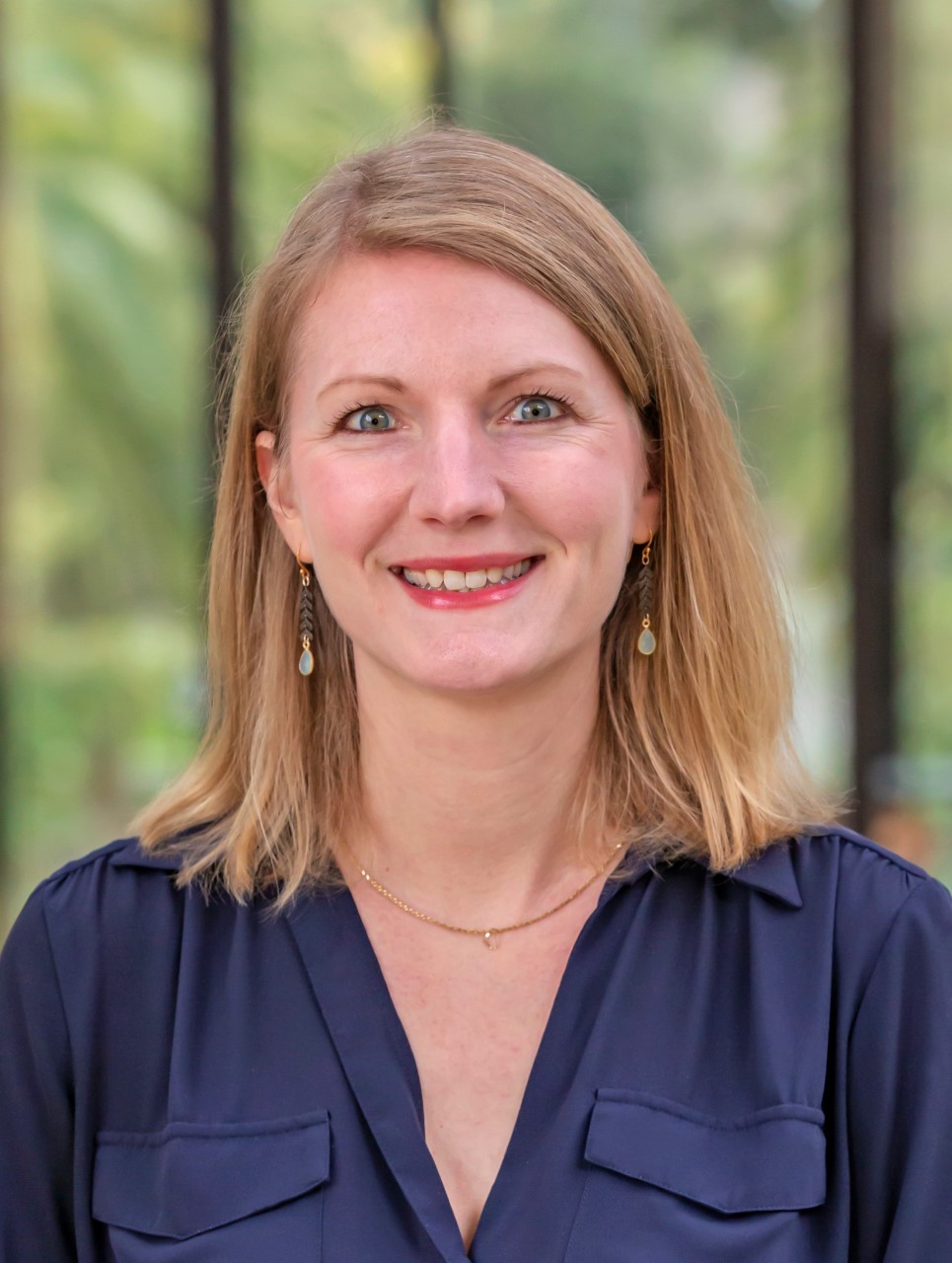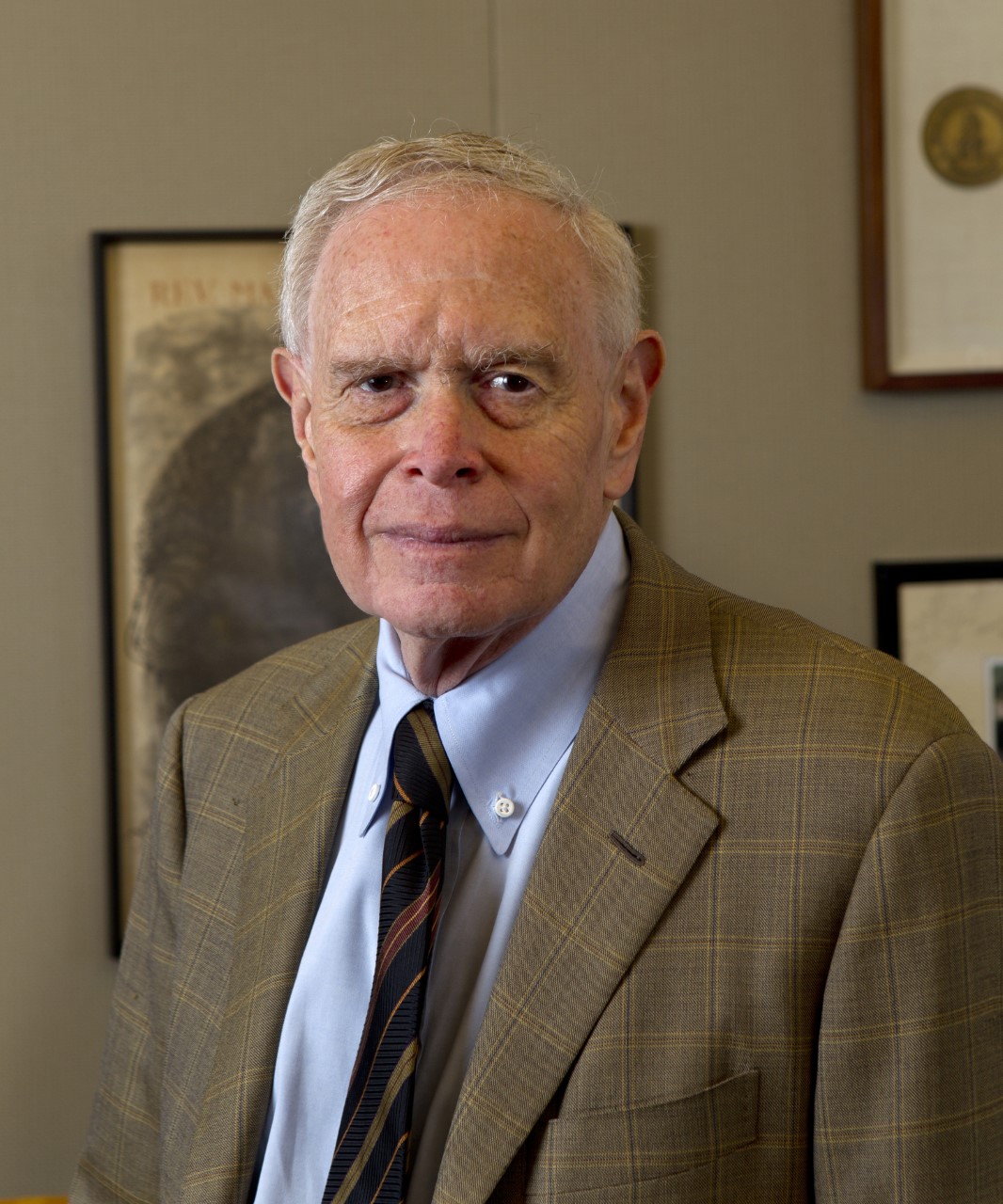Participatory Philanthropy for Individual Donors
Participatory philanthropy is not a new practice in philanthropy and participatory processes have an even longer history dating back centuries, yet contemporary interest in participatory philanthropy has grown significantly over the last few years. As we, at the Effective Philanthropy Learning Initiative (EPLI) at Stanford’s Center on Philanthropy and Civil Society (PACS) looked into the practice more closely, we thought it might be useful to provide some guidance to individual donors or smaller family foundations who want to engage in these practices.
In reviewing the literature on participatory philanthropy, we came across a newly published book, Letting Go: How Philanthropists and Impact Investors Can Do More Good by Giving Up Control, by Meg Massey and Ben Wrobel, which was the first resource we found speaking to the individual donor, the same audience as EPLI’s work. Based on this book and our literature review, we published a new chapter to our Guide to Effective Philanthropy detailing this practice for the individual donor.
So what is participatory philanthropy? It is a continuum of practices which involve engaging beneficiaries and other stakeholders in the entire range of decisions that a funder makes. The practices center around shifting decision-making power to those most affected by a funder’s decisions.
There are several rationales for engaging in participatory philanthropy:
- This process may improve philanthropic outcomes through better strategies and implementation processes.
- Participation by a philanthropist’s intended beneficiaries and other stakeholders has intrinsic value.
- The participatory process builds the capacity of community-based organizations to meet their communities’ challenges.
- The process can build trust between funders, grantees, and affected communities.
Participatory philanthropy can take place during the pre-grant phase (identifying funding priorities and developing strategies), the grant phase (evaluating applications and making grant decisions), and the post-grant phase (monitoring and evaluating the grant).
So if you’re a donor interested in exploring this approach, what would this actually look like? Let’s consider some examples at each stage of the philanthropic process.
Finding your (Geographic) Focus
Most donors begin their philanthropic journey with a particular cause or organization in mind. However, an alternate approach is to select a geographic community you wish to support and let community members decide which causes to prioritize for funding. This can be tricky, though, because communities are often heterogeneous and complex, and you must learn who speaks for the community or can make decisions on its behalf. You might consider talking to or surveying residents to identify local leaders or other participants such as local elected officials, nonprofit leaders, or other residents. In 2004, the Ontario Trillium Foundation’s board initiated a process to invite more than 1,000 Ontarians to share their perspectives on the community’s need through “Community Conversations” and an electronic survey.
Understanding Problems, Causes, and Approaches to Solutions
Once you have decided to focus on a particular community, you will want to consult stakeholders and potential grantees to help define the problem being solved and to understand the causes and possible approaches to solving it. Beyond just consulting with a chosen community, you might invite deeper participation by seeking the consensus of stakeholders or actually delegating decisions to them. A community that already has a strong, strategically oriented community organization in which diverse residents feel well represented presents a great opportunity for consultation or delegation of decision-making authority.
Because participatory processes can be complex, some funders engage an expert facilitator to support the work. You should additionally be sure to devote sufficient budget to provide capacity building for participating stakeholders and to compensate them for their time.
Finding Effective Organizations
On one level, it’s difficult to avoid doing your own due diligence: You must determine whether a community has a group of residents or organizations that you feel confident in consulting or delegating decision-making authority. One aspect of due diligence at this level is whether the group has an ethos of avoiding conflicts of interest. Community members’ “insider” knowledge, experiences, and relationships can contribute to more candid discussions, but also be sources of bias. The Headwaters Foundation for Justice, for example, has in-person, one-on-one conversations with grant panelists to see if they have any bias that would prevent them from being impartial decision makers. The Red Umbrella Fund emphasizes the importance of ensuring there is both sufficient diversity on decision-making panels and trust between members to “call out” one another regarding potential biases or blind spots.
Making the Grant
Some funders may take the further step of empowering community members to make actual funding decisions. The Annie E. Casey Foundation’s Making Connections Initiative asked residents of Denver and Boston to select small-dollar projects that would build local leadership and create a pipeline for longer social change projects. The International Trans Fund requires that its 12-member grantmaking panel is entirely composed of trans activists and everyone making funding decisions is a member of the population the fund supports. The Youth Lead the Change initiative in Boston Public Schools allows students to engage in the process of participatory budgeting by convening “idea collection assemblies” and allocating funds to the projects that students choose through a voting process.
Monitoring the Grant
You and your nonprofit partners will wish to monitor its progress in order to get the feedback needed to make corrections where necessary. Your shared goals might be participation or the achievement of particular substantive outcomes or both. Therefore, monitoring would focus on the extent and quality of participation—Is it adequately inclusive? Was the decision-making process open and free of conflicts? — and whether the substantive outcomes were achieved.
Let’s say you made a three-year grant to a community-based organization and it’s time to consider renewing the gift. What criteria would you use to decide whether to renew? Possibilities include:
- The inclusiveness and quality of the participatory process.
- Whether the process led to an improvement in the community’s capacity to address the problems that face it.
- Whether the process led to the development and implementation of sound strategies to address important problems facing the community.
- Whether the process produced tangible benefits for the community.
Because participatory philanthropy takes considerable planning and operational capacity, many donors find it simplest to contribute to a participatory fund such as UHAI-EASHRI, the Brooklyn Community Foundation, the Red Umbrella Fund, and the Wikimedia Foundation—all of which accept gifts from donors. Other foundations that practice participatory grantmaking and accept donations include the Haymarket People’s Fund, the Headwaters Foundation, Native Voices Rising, the Disability Rights Fund, the New York Women’s Foundation, FRIDA, and the Global Greengrants Fund. There may also be other participatory funds in your own community.
Despite its potential, well thought-out participatory philanthropy typically requires more time and human resources than conventional philanthropy and is not a panacea for the problems facing marginalized communities. But the next time you’re revisiting your grants portfolio and philanthropic strategy, consider whether the potential benefits of a participatory process resonate with you and, if so, how you might shift your processes at various of these stages to empower the communities you aim to support.



